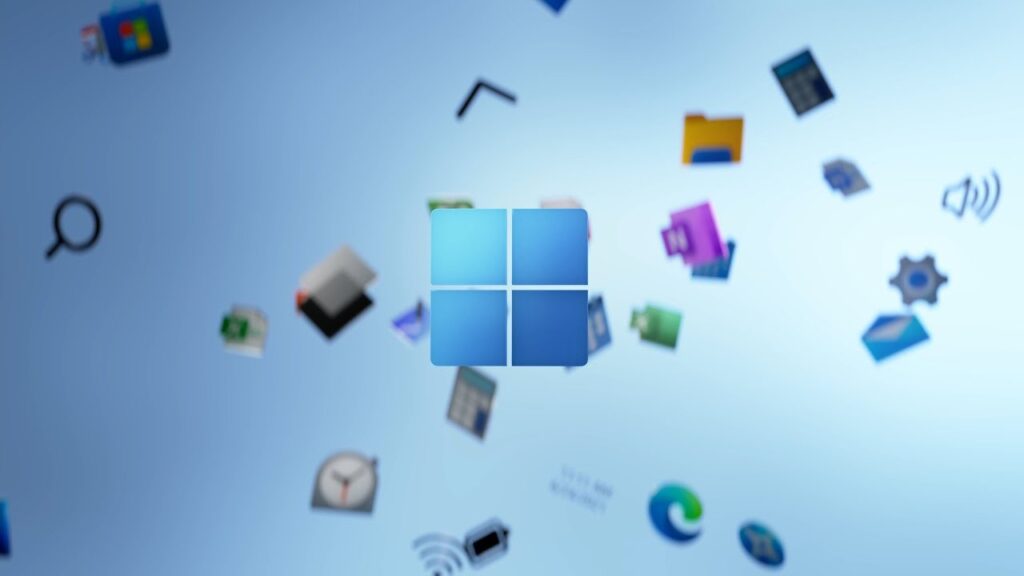Mastering Windows OS can transform your computing experience, making tasks more efficient and enjoyable. Whether you’re a beginner or looking to refine your skills, understanding key features and tools can enhance productivity. Here’s a guide to help you get the most out of your Windows operating system easy guides for Windows users,.
1. Getting Started with Windows OS
Before diving into advanced features, familiarize yourself with the basics. This includes understanding the Windows interface, taskbar, and start menu. Learn how to customize these elements to fit your workflow and preferences.
- Navigating the Start Menu: Discover how to pin your favorite apps and access settings quickly.
- Using the Taskbar Efficiently: Organize your taskbar to manage open applications and notifications effectively.
2. Optimizing System Performance
Keeping your Windows OS running smoothly is crucial for productivity. Learn how to optimize performance by managing startup programs, updating your system, and using built-in tools.
- Managing Startup Programs: Control which programs run at startup to speed up boot times.
- Using Windows Update: Ensure your system is up-to-date with the latest security patches and features.
- Disk Cleanup and Defragmentation: Use built-in tools to free up space and improve performance.
3. Customizing Your Windows Experience
Personalize your Windows OS to suit your style and needs. Customization options can enhance usability and make your computing experience more comfortable.
- Personalizing the Desktop: Change your wallpaper, themes, and icon settings to create a workspace you love.
- Adjusting System Settings: Modify display, sound, and notification settings for a more tailored experience.
4. Exploring Advanced Features
Windows OS offers a range of advanced features that can boost your productivity and security. Learn how to use these tools to your advantage.
- Using Virtual Desktops: Organize your workspace with multiple virtual desktops to separate tasks and projects.
- Mastering Windows Shortcuts: Speed up your workflow with keyboard shortcuts and quick commands.
- Leveraging Cortana: Utilize the digital assistant to perform tasks, set reminders, and find information.
5. Troubleshooting Common Issues
Understanding how to troubleshoot common problems can save time and frustration. Learn how to diagnose and fix issues related to performance, connectivity, and software.
- Resolving Network Problems: Troubleshoot connectivity issues and manage network settings.
- Addressing Software Conflicts: Identify and resolve conflicts between installed applications.
- Using System Restore: Revert your system to a previous state to fix issues caused by recent changes.
6. Securing Your Windows OS
Security is paramount for protecting your data and privacy. Implement best practices to keep your Windows OS safe from threats.
- Setting Up Windows Defender: Use built-in antivirus and anti-malware tools to protect your system.
- Managing User Accounts: Create and manage user accounts to control access and permissions.
- Backing Up Your Data: Regularly back up your files using Windows Backup or third-party solutions.
7. Learning and Support Resources
Take advantage of resources available to expand your knowledge and get help when needed.
- Accessing Windows Help and Support: Utilize the built-in help system and online resources for troubleshooting and learning.
- Exploring Online Tutorials and Forums: Find additional tips and solutions from the Windows community and tech experts.

